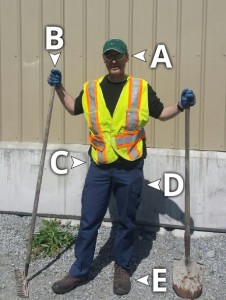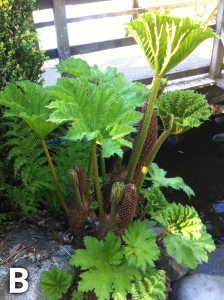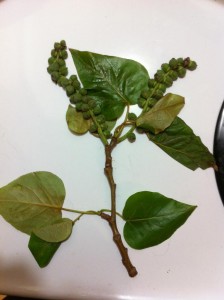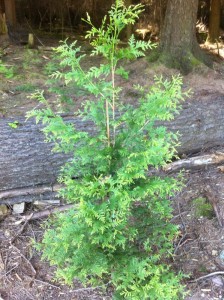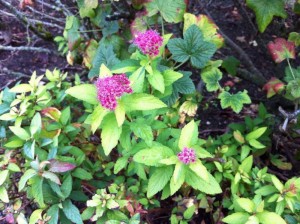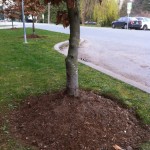Yes, we have all seen them and most of us have made them but they are detrimental to the tree’s health. Why? Because piling mulch against the trunks of trees and shrubs creates a dark, moist, low-oxygen environment to which above-ground tissues are not adapted.
Fungal diseases require a moist environment to grow and reproduce; piling mulch on the trunk provides exactly the right conditions for fungi to enter the plant.
Also, opportunistic pests are more likely to invade a plant whose bark is wet due to excessive mulching.
Instead of creating mulch volcanoes (see pictures), instead, taper the mulch down to nearly nothing as you approach the trunk. This donut-shaped application will protect the soil environment as well as the above-ground plant tissues.


Now you know.
Source: Washington State University Extension Fact Sheet FS160E


